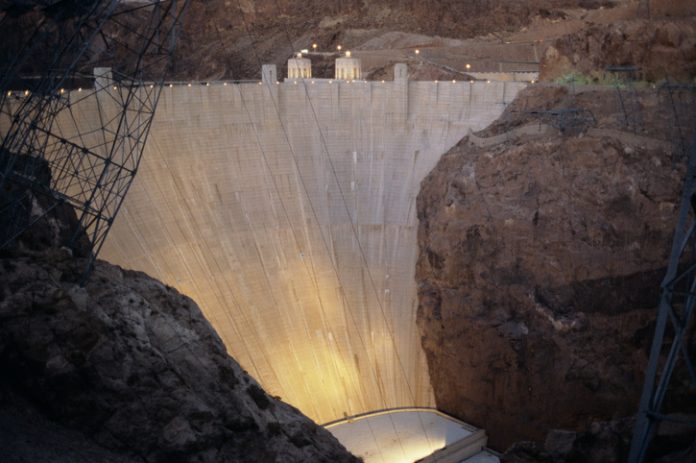By Dr. Brenda Shaffer
The Biden Administration and the European Union have launched unprecedented and far-reaching policies to promote the use of renewable energy and low carbon emitting energy.
While commonly people use the terms renewable and green interchangeably, they are in fact not similar at all. The most prevalent forms of renewable energy, such as hydropower and biomass, have high environmental impact—they may be “clean” but they are not “green.”
The drive to promote use of renewable energy and reduce carbon emissions has replaced green policies, with the public hardly noticing. As the United States and European Union move forward and other countries around the globe adopt similar policies, it is important to evaluate the full environmental impact of various renewable and low-carbon technologies. The deployment of renewable and clean energy projects should be assessed for their entire environmental impact and subject to the same public scrutiny on these grounds as other energy projects.
Hydro and Wood, Not Green
Renewable energy is produced from sources that are not depleted through usage and are naturally replenishing.
Today, most renewable energy is used to produce electricity. Over half of today’s renewable energy is produced by hydropower. Hydropower is indeed renewable, but it is far from green. Hydropower plants destroy the ecosystem in which they are built. Hydropower disrupts wildlife and vegetation and destroys natural water flows. Hydropower creates eyesores and thus harms the growth of tourism. Accordingly, when the U.S. government or international organizations like the International Energy Agency promote the use of hydropower, they generally refer to it as “clean” energy, knowing that it is hard to call it green.
Renewable energy may not only fail to be green, but may be unclean. Clean energy refers to energy that does not produce significant amounts of carbon emissions. This is revealed in the recent debates in the European Union on the status of wood as a source of renewable energy.
In Europe, sixty percent of its renewable energy is produced from biomass, which includes wood. Wood is indeed renewable as it is naturally replenished and can be farmed and thus not depleted, but burning wood generates air pollution and carbon emissions. Burning wood is likely to emit more carbon emissions than fossil fuels. Accordingly, there is active debate in Europe on whether wood burning should be counted as fulfilling a state’s renewable energy commitments. Some in the EU are claiming that wood should be precluded due to its significant pollution and climate impact.
Solar, Not Green Either
The second largest source of renewable energy is solar energy.
A major environmental impact of solar energy is land use. Major solar electricity production requires extensive land use and solar plants often disrupt mobility of animals in open spaces. Solar and wind take up proportionally more land than their fossil fuel cousins, and thus are challenging for use in countries with limited open space.
When assessing the environmental and climate impact of a source of renewable energy, few countries calculate the total life cycle of a renewable energy source. The majority of solar panels in use in the U.S. are produced in China through use of electricity produced by coal, then shipped—with maritime shipping being one of the most polluting industries– to the US.
In addition, a large portion of the wood pellets burnt in Europe as part of their use of renewable energy are imported from the southeast U.S. and Vietnam and shipped to Europe, causing environmental damage along the way.
Redefining Green as Clean
The term “clean energy” is rapidly replacing the term green energy in U.S. government publications, due to the environmental impact of most of the renewable sources that Washington promotes.
The U.S. Department of Energy tells us that a “clean energy revolution across the United States” is taking place due to expanded use of renewable energy. Nowhere is the term green or environment mentioned in describing the expansion of renewable energy.
Regularly agencies and courts are recognizing the conflict between renewable and green energy. A recent decision by the U.S. Federal Energy Regulatory Commission (FERC) to transfer a hydropower plant license paves the way to tear down a four-dam hydropower complex on the Klamath River that straddles Oregon and California. Despite the Klamath plant producing renewable energy, FERC recognized the high environmental impact of the mega-dam and pulled its commercial license.
Renewable energy clearly has multiple advantages. But the health of the environment should not be damaged for its use. The environmental impact of each renewable energy project should be assessed just like any fossil fuel project. Citizens and policymakers should not confuse renewable with green, and clean with green.
Brenda Shaffer, Ph.D., is a faculty member at the U.S. Naval Postgraduate School. She is also a Senior Fellow at the Atlantic Council’s Global Energy Center and Senior Advisor for Energy at the Foundation for Defense of Democracies (FDD) think tank.
Originally published by RealClearEnergy. Republished with permission.


























